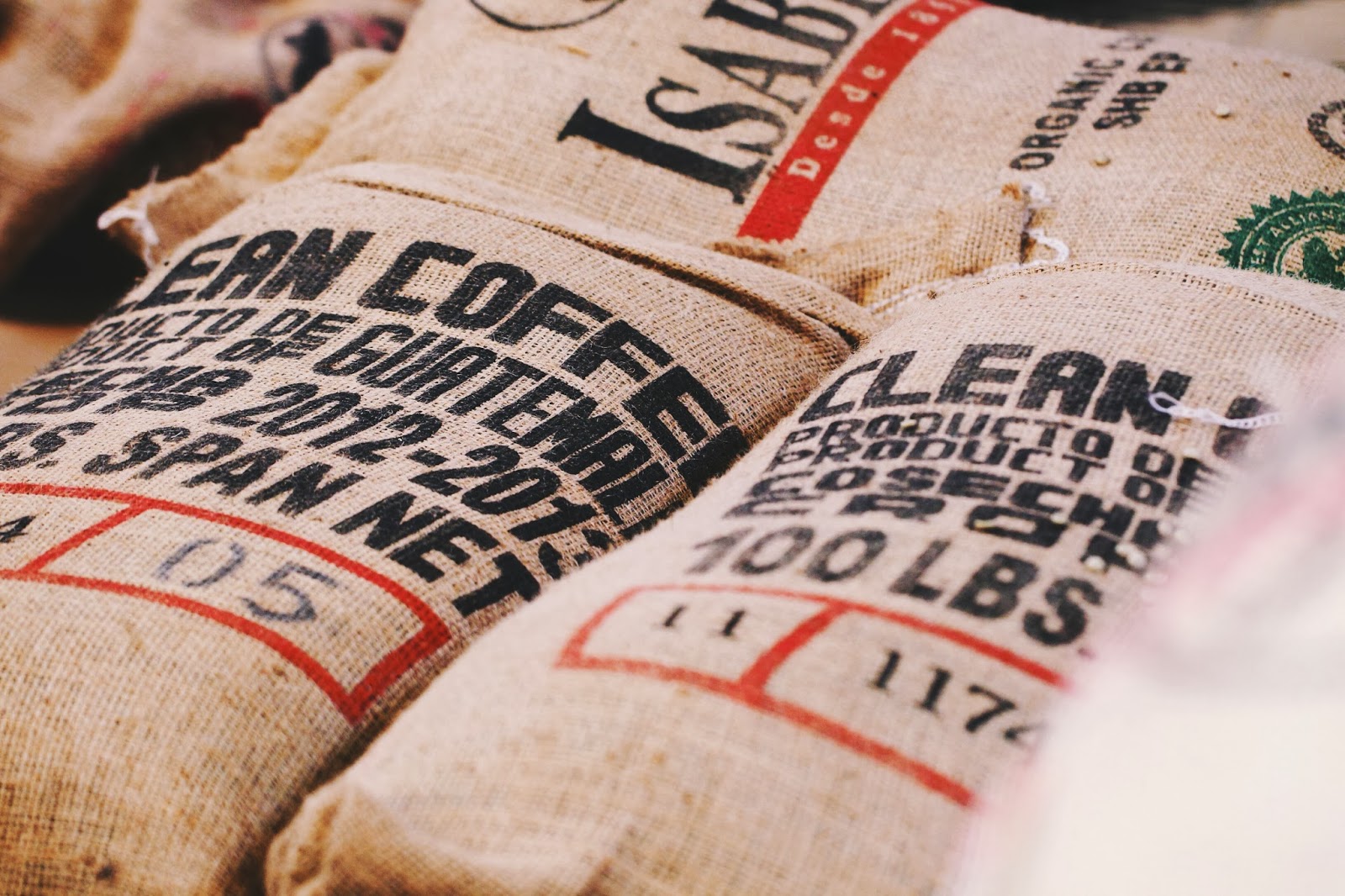Cultivation techniques of small-grain coffee soil management of coffee cultivation

Weeding, mulching
Weeds are easy to grow in young coffee gardens, especially in the rainy season, weeds should be weeded once a month. If the labor force is sufficient, clean the grass should be removed first. Adult coffee garden can be weeded once every 2 to 3 months. If you use herbicides, you should be careful not to spray on the branches and leaves of coffee, and it is more important and prudent to use them in young coffee gardens.
The root system of coffee is shallow and is easily affected by adverse climatic conditions such as high temperature and drought. Therefore, the mulching work in the coffee garden or rhizosphere should be done well. According to local experience, grass mulching in coffee plantations can increase production by 60% to 80%; dead mulching can increase soil organic matter, promote soil microbial activity, reduce soil temperature and increase soil water content in high temperature and dry seasons. Mulching materials can be adapted to local conditions, local materials, rice straw, fallen leaves, weeds and so on can be used. The thickness of the cover should be 10cm to 15cm, and the width depends on the material. If the material is sufficient, it can be covered between the lines.
Deep ploughing and soil improvement
It can improve the physical and chemical properties of soil, especially in lean soil, deep ploughing fertilization is more important. Under general soil conditions, after deep ploughing, the lateral root growth was 3-4 times more than that without deep ploughing, and the aboveground growth was also greatly increased. Deep turning, 40 cm to 50 cm deep, 60 cm to 80 cm in length and 40 cm to 50 cm in width, once a year. It is best to press 10-15 kg of green manure into the bottom of the deep turning point, press it into two layers, and apply 200 grams of calcium superphosphate on the green manure. At the top of the hole, compost or pig and cattle manure is applied for 10-15kg, and finally the soil is covered.
Important Notice :
前街咖啡 FrontStreet Coffee has moved to new addredd:
FrontStreet Coffee Address: 315,Donghua East Road,GuangZhou
Tel:020 38364473
- Prev

Cultivation techniques of small Coffee Irrigation and fertilization of Coffee trees
Irrigation of coffee planting areas in Yunnan Province can be divided into rainy season and dry season. Irrigation in the dry season, especially in the flowering period, can ensure the normal growth and flowering of coffee plants, improve the fertility rate, and achieve high yield. Fertilization is one of the key measures to obtain high yield of cultivated coffee. According to the data, for every kilogram of dried beans harvested, coffee trees have to come from the soil.
- Next

Arabica coffee cultivation techniques Multi-stem shaping and cultivation of coffee trees
Multi-stem integer Multi-stem integer is an integer method that uses the first branch as the main result branch. The purpose of integer is to cultivate multiple trunks and grow a large number of robust first-order branches. Multi-trunk trees do not pick the top. As a result, when the yield decreases after 3 to 5 years, new trunks are replaced.① Cultivation of multi-stem method oblique planting method: When planting, the seedlings are obliquely planted, generally at an angle of 30~60 degrees with the ground. oblique planting can inhibit
Related
- Detailed explanation of Jadeite planting Land in Panamanian Jadeite Manor introduction to the grading system of Jadeite competitive bidding, Red bid, Green bid and Rose Summer
- Story of Coffee planting in Brenka region of Costa Rica Stonehenge Manor anaerobic heavy honey treatment of flavor mouth
- What's on the barrel of Blue Mountain Coffee beans?
- Can American coffee also pull flowers? How to use hot American style to pull out a good-looking pattern?
- Can you make a cold extract with coffee beans? What is the right proportion for cold-extracted coffee formula?
- Indonesian PWN Gold Mandrine Coffee Origin Features Flavor How to Chong? Mandolin coffee is American.
- A brief introduction to the flavor characteristics of Brazilian yellow bourbon coffee beans
- What is the effect of different water quality on the flavor of cold-extracted coffee? What kind of water is best for brewing coffee?
- Why do you think of Rose Summer whenever you mention Panamanian coffee?
- Introduction to the characteristics of authentic blue mountain coffee bean producing areas? What is the CIB Coffee Authority in Jamaica?

